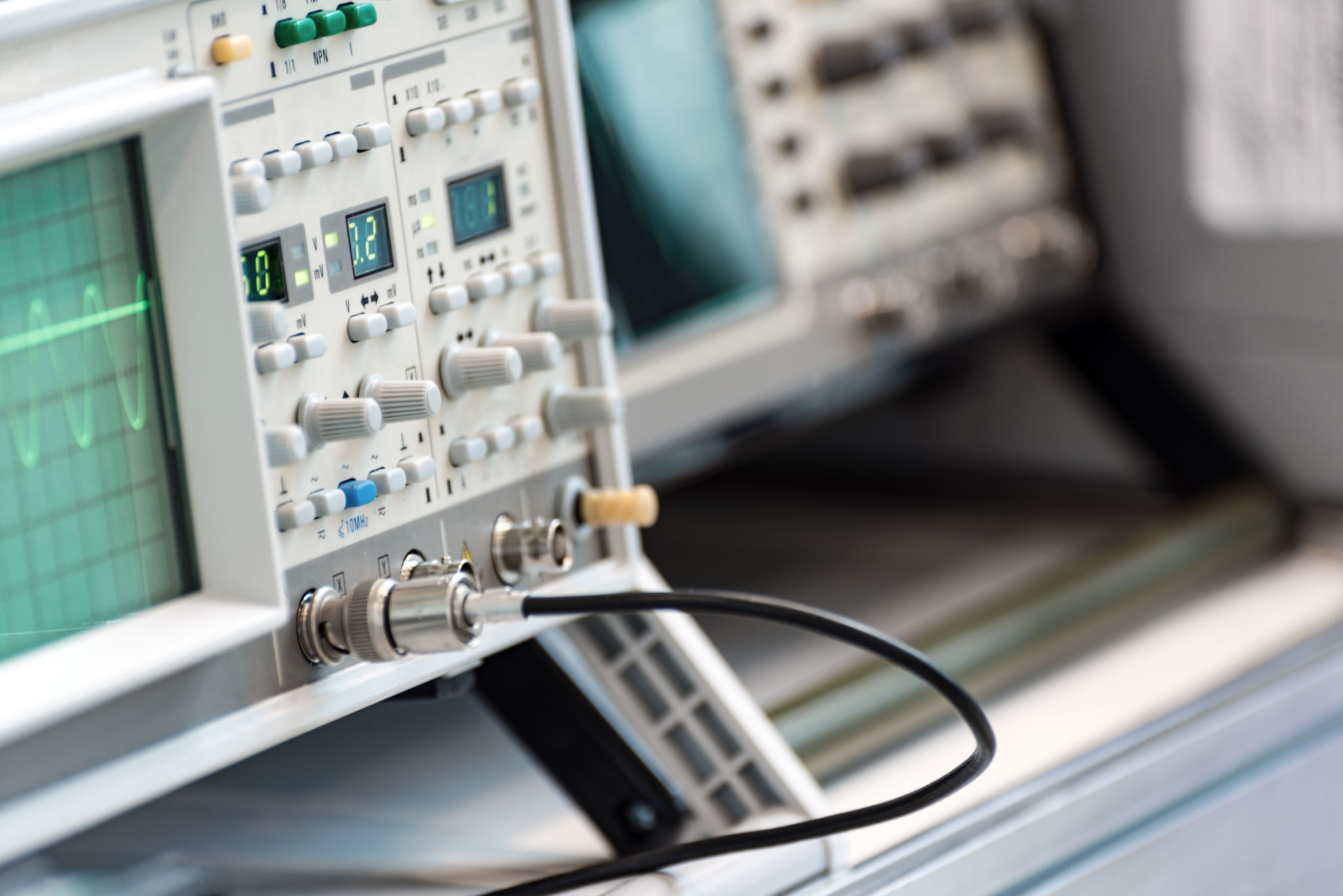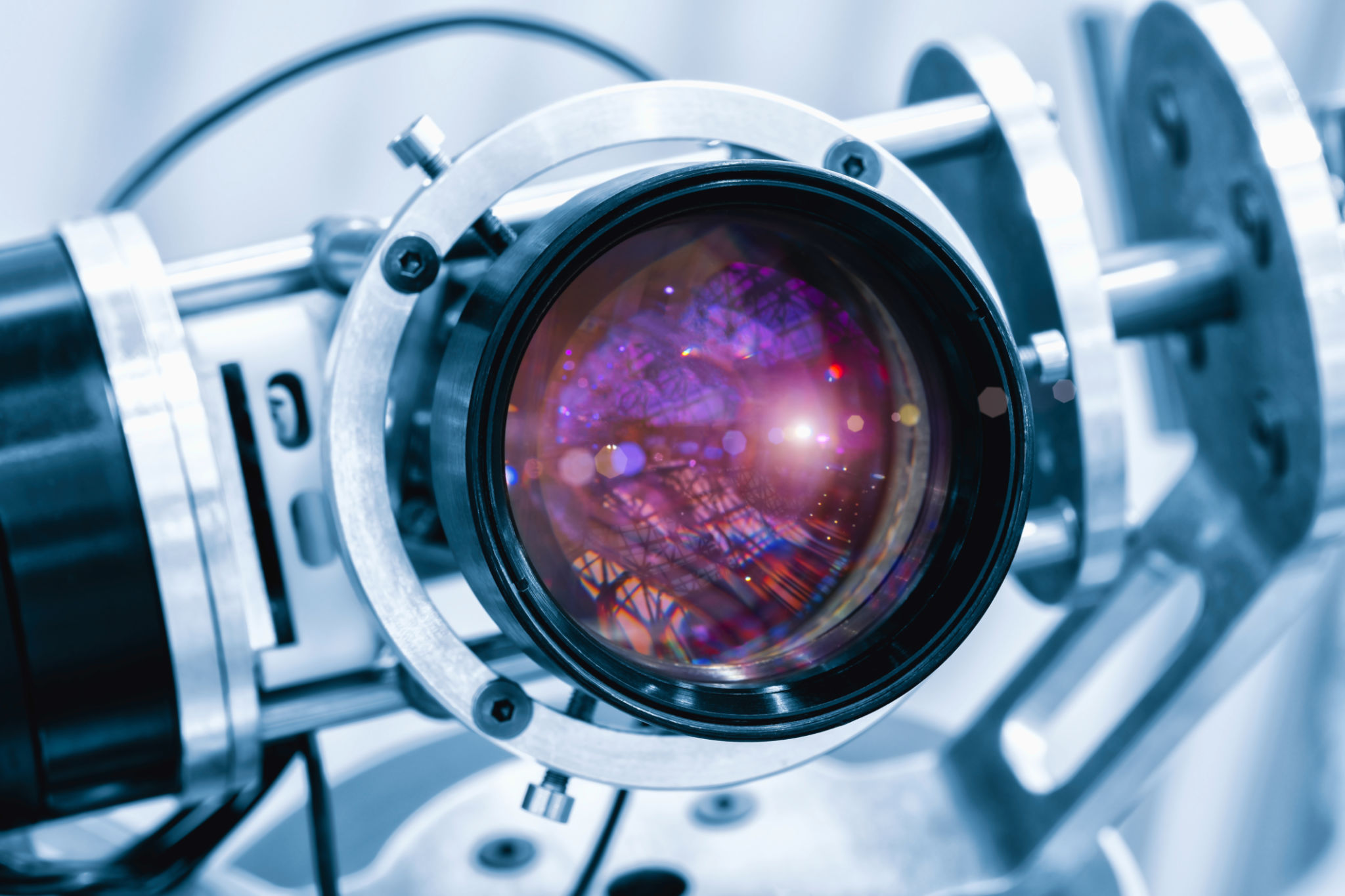The Ultimate Guide to Partial Discharge Detection Cameras
Understanding Partial Discharge
Partial discharge (PD) is a localized electrical discharge that only partially bridges the insulation between conductors. It can occur in many different components, such as transformers, cables, and switchgear. Detecting PD is crucial because it is often an early indicator of insulation failure, which can lead to more significant issues if not addressed in time.

Partial discharge may not immediately cause equipment failure, but it is a clear warning sign of potential problems. Over time, PD can deteriorate the insulation material, leading to costly repairs and unexpected downtime. Thus, investing in reliable PD detection methods is essential for maintaining electrical system integrity.
The Role of Partial Discharge Detection Cameras
Partial discharge detection cameras play a pivotal role in identifying and analyzing PD activity. These cameras utilize advanced imaging technology to detect and visualize PD emissions, often in the form of ultraviolet or infrared light. This capability allows maintenance personnel to pinpoint the exact location and severity of insulation defects.

Using partial discharge detection cameras helps in proactive maintenance strategies. By identifying issues early, companies can perform targeted interventions, potentially extending the lifespan of their equipment and avoiding unplanned outages.
Features to Consider
When selecting a partial discharge detection camera, it's important to consider several key features:
- Sensitivity: The ability of the camera to detect low levels of PD activity.
- Resolution: High resolution provides clearer images for more accurate analysis.
- Portability: Lightweight and portable cameras are easier to handle during inspections.
- Durability: Cameras that are built to withstand harsh environments ensure longevity.

Advantages of Using Detection Cameras
The advantages of using partial discharge detection cameras are numerous. First and foremost, they provide non-intrusive inspection capabilities. This means that inspections can be conducted without shutting down equipment, saving time and money. Additionally, detection cameras offer a visual confirmation of PD activity, making it easier for technicians to assess and address the issue.
Moreover, many modern cameras come with software that facilitates data analysis and reporting. This software can help track PD activity over time, enabling more informed decision-making regarding maintenance schedules and interventions.
Applications Across Industries
Partial discharge detection cameras are used across various industries, including power generation, manufacturing, and utilities. These tools are invaluable in environments where electrical reliability is critical. In power generation plants, for example, timely PD detection can prevent catastrophic failures that could lead to extended outages and significant financial loss.
In manufacturing, maintaining the reliability of electrical systems is essential for ensuring uninterrupted production lines. Similarly, utility companies rely on these cameras to ensure the continuous delivery of electricity to homes and businesses.
Conclusion
Partial discharge detection cameras are a powerful tool in the arsenal of electrical maintenance professionals. By providing a clear view of potential issues before they become serious problems, these cameras help organizations maintain operational efficiency and prevent costly downtimes. As technology continues to advance, the capabilities and ease of use of these cameras will only improve, making them an indispensable asset for any industry reliant on electrical systems.